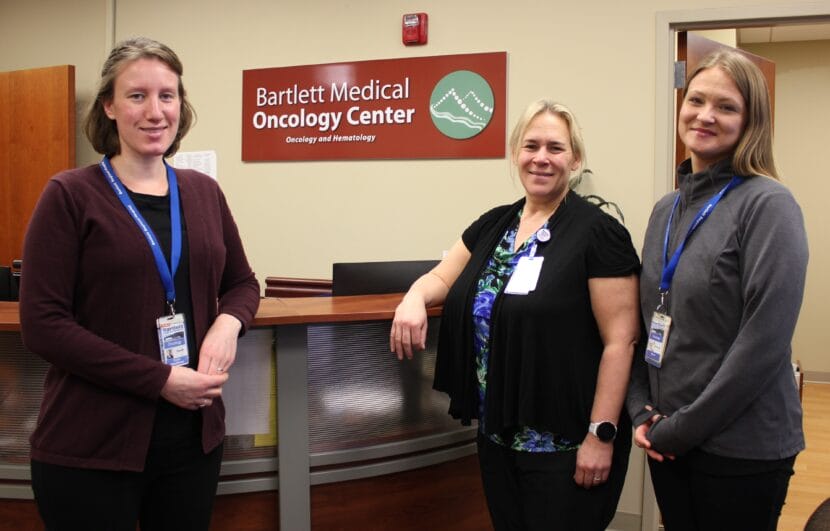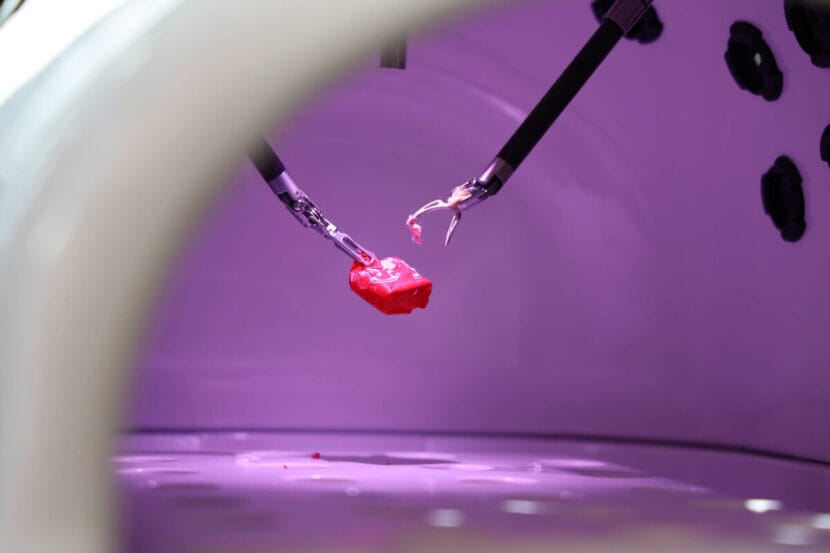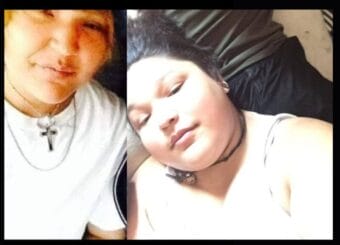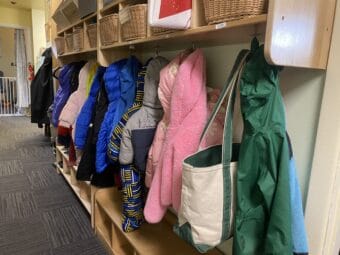
When Suzanne Luken learned she had cancer, it came as a surprise.
“There was no pain. There was nothing at all — no indication,” she said. “I was tired, but I’m 77.”
Then, after other symptoms appeared, she went to the doctor.
“I thought I had a kidney infection because I started to pass blood,” she said. “So I went to the SEARHC walk-in over in Vintage Park, and they said, ‘No, that’s not what you think.'”
Instead, Luken was diagnosed with uterine cancer. Luken immediately thought of people she knew who’d had devastating experiences with cancer. And similar thoughts came up when she learned she would need to have a hysterectomy, a surgery to remove the uterus. She thought of family members who’d gone through the same procedure.
“I feel very fortunate that the terror I had seen with them did not overcome me,” she said.
Back then, hysterectomies required a large incision in the abdomen and several weeks of recovery. Today, they can usually be done with minimally invasive techniques, if a hospital has the right equipment and the right doctors. And now, Juneau’s Bartlett Regional Hospital does.
Doctors from Alaska Women’s Cancer Care are now flying down from Anchorage twice a month to meet with and operate on gynecologic cancer patients. Last month, Luken became their first surgery patient in Juneau.
Dr. Melissa Hardesty, a gynecological oncologist and one of the co-owners of Alaska Women’s Cancer Care, said Bartlett’s acquisition of the da Vinci Xi Surgical System made it possible.
“That was when we were in a position to really bring the same level of care here to town that we were providing in Anchorage,” she said.
Hardesty also operates on non-cancer patients whose surgeries might be more complicated than those typically done by an OB-GYN. She said the da Vinci Xi system allows for more precise movement for surgeons.
“The instrument has a wrist, and that allows us to do much more complicated motion,” she said. “Imagine the things you can do in life if you had wrist splints on both of your wrists or not.”

It also means smaller incisions — and an easier recovery — for many patients. That was the case for Luken.
“There’s four teensy-tinesy scars, that’s all,” Luken said. “It’s amazing. It truly is amazing.”
Hardesty and Dr. Joanie Hope usually travel to Juneau on Wednesday nights, see patients on Thursday and do surgeries on Friday. Hardesty said their consistent schedule means Juneau-based patients have more time to sit with the surgery recommendation and think about their options.
“In the Anchorage model, we really tried to have it be a turnaround. I’m going to see you, I’m going to operate on you the next day. That’s a lot for people,” Hardesty said. “If we’re here and it needs to be less hurried, it can be.”
Luken said, if she’d had to go to Anchorage, she might have put the surgery off.
“I think I would have been a lot more upset had I had to go to Anchorage, get a hotel, get a car, get somebody to stay with me, and then you’re there for a week,” she said. “How many people can afford to take a vacation, so to speak, with hotels and plane fare and everything else, to go for health reasons?”
Instead, after surgery, Luken got to go home and fall asleep in her own bed. She hopes other women will see how important — and now, how accessible — this kind of treatment can be.
“We now can go through a surgery that we need with no problems, and we can do it right here in our own home — well, hometown, I should say — and feel comfortable about it,” Luken said. “It’s not the big scary thing that it used to be.”


